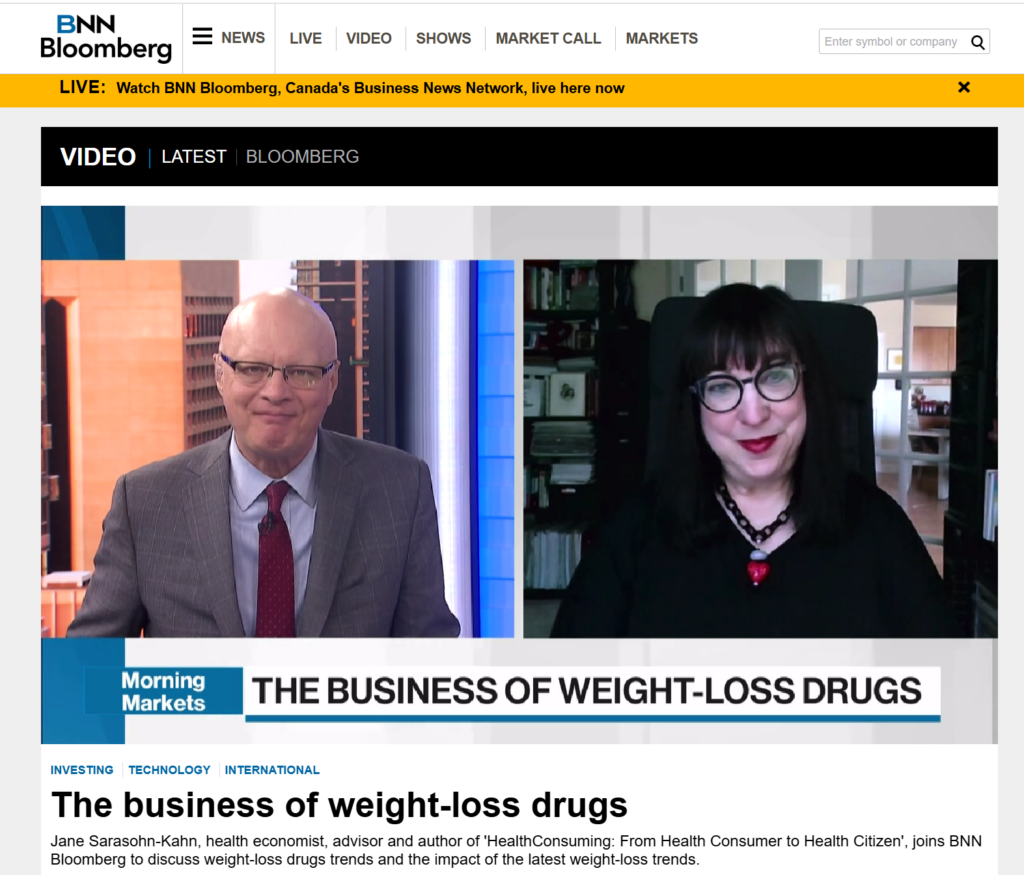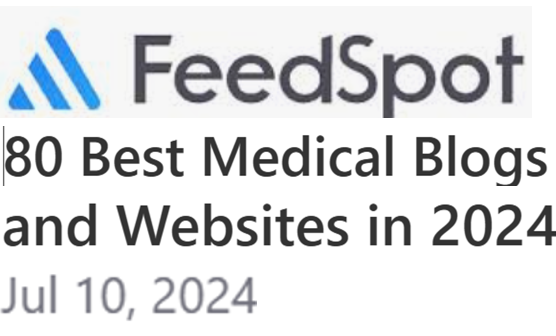Enrollees in consumer-directed health care tend to be in better health, are wealthier, have fewer chronic conditions, and are more likely to exercise than people in traditional health plans.
There are also a great deal fewer people enrolled in consumer-directed health plans (CDHPs) than comprehensive health plans, illustrated by the chart on the left.
EBRI and
the Commonwealth Fund found that only 2% of Americans age 21-64 are enrolled in a CDHP. This totals to about 2.3 million people. An additional 11% of this age group are enrolled in a high-deductible health plan, representing another 12.5 million people.
Frequent readers of Health Populi know that I am a fan of
EBRI‘s research — as sobering as it often is. This
third round of the EBRI/Commonwealth Fund survey presents a much lower penetration in CDH plans than other recent surveys, such as
the Watson Wyatt study published last week. That study found that 47% of companies have a CDHP, and 42% of these have over 20% of employees enrolled in those plans.
There appears to be an uptick in satisfaction among CDHP members, although these members are not more satisfied with their plans than those in more comprehensive health plans.
There remains the challenge that people in these plans are more likely to skip care. The chart on the right shows that members of CDHPs and HDHPs are more likely to delay going to a doctor, visit a specialist, or undergo medical tests than members of comprehensive plans.
Information for decision making is still lacking in consumer driven plans, notwithstanding consumers’ need for such data on provider quality, pricing and options. CDHPs and HDHPs don’t provide any more data than comprehensive health plans do…but they certainly should.

Clearly, members of consumer driven plans are more cost-sensitive than those in traditional plans, and that’s been a rationale for them — the objective of giving consumers “more skin in the (health care) game.”
Health Populi’s Hot Points: According to the EBRI/Commonwealth Fund data, enrollment in CDHPs doubled between 2006 and 2007 — from 1% to 2% of the privately-insured population. This population tends to be wealthier and healthier than the mainstream. This was not necessarily the original objective of CDHPs, which have been seen as an important offering to cover the uninsured.
Furthermore, for members to be true consumers, the plans will have to provide a great deal more useful information for members to use in decision making. Exposing more of the consumer’s skin in health care without providing useful information is leaving them out in the sun to get burnt. People need information with the proper SPF — Supportive, Practical, Functional.







 Interviewed live on BNN Bloomberg (Canada) on the market for GLP-1 drugs for weight loss and their impact on both the health care system and consumer goods and services -- notably, food, nutrition, retail health, gyms, and other sectors.
Interviewed live on BNN Bloomberg (Canada) on the market for GLP-1 drugs for weight loss and their impact on both the health care system and consumer goods and services -- notably, food, nutrition, retail health, gyms, and other sectors. Thank you, Feedspot, for
Thank you, Feedspot, for  As you may know, I have been splitting work- and living-time between the U.S. and the E.U., most recently living in and working from Brussels. In the month of September 2024, I'll be splitting time between London and other parts of the U.K., and Italy where I'll be working with clients on consumer health, self-care and home care focused on food-as-medicine, digital health, business and scenario planning for the future...
As you may know, I have been splitting work- and living-time between the U.S. and the E.U., most recently living in and working from Brussels. In the month of September 2024, I'll be splitting time between London and other parts of the U.K., and Italy where I'll be working with clients on consumer health, self-care and home care focused on food-as-medicine, digital health, business and scenario planning for the future...